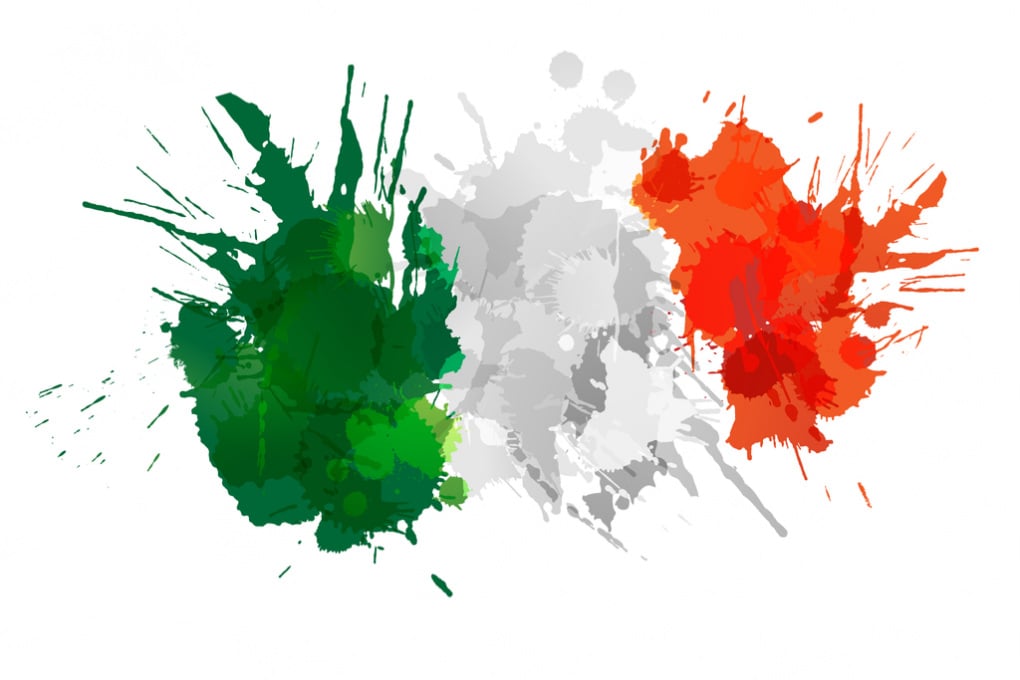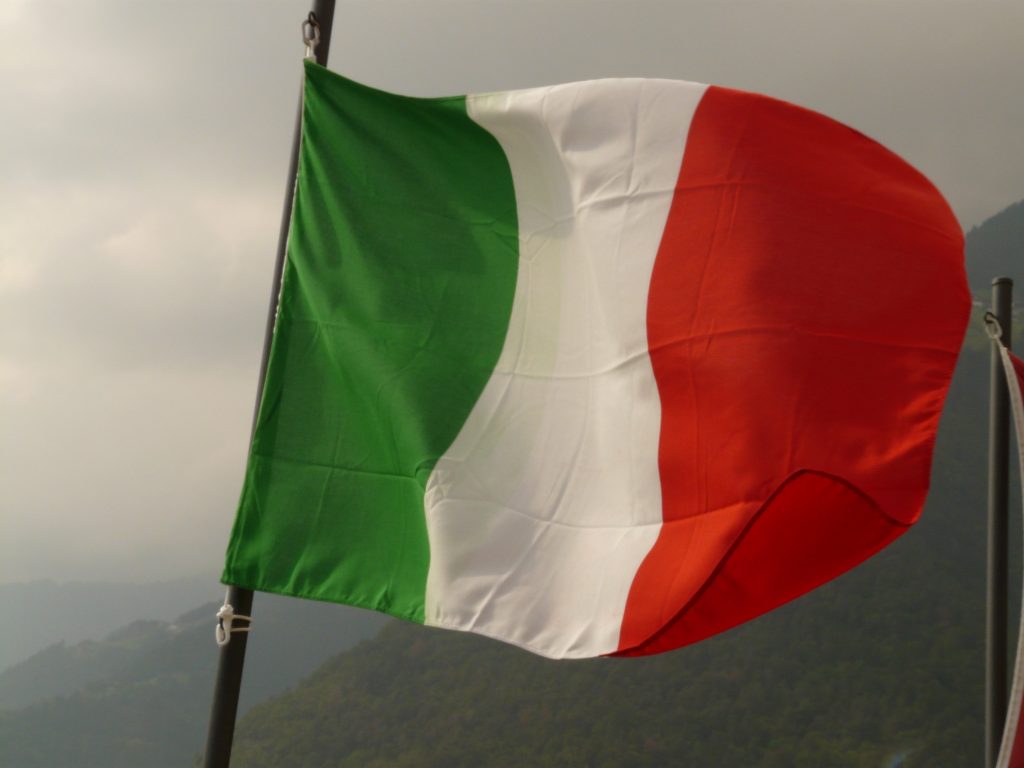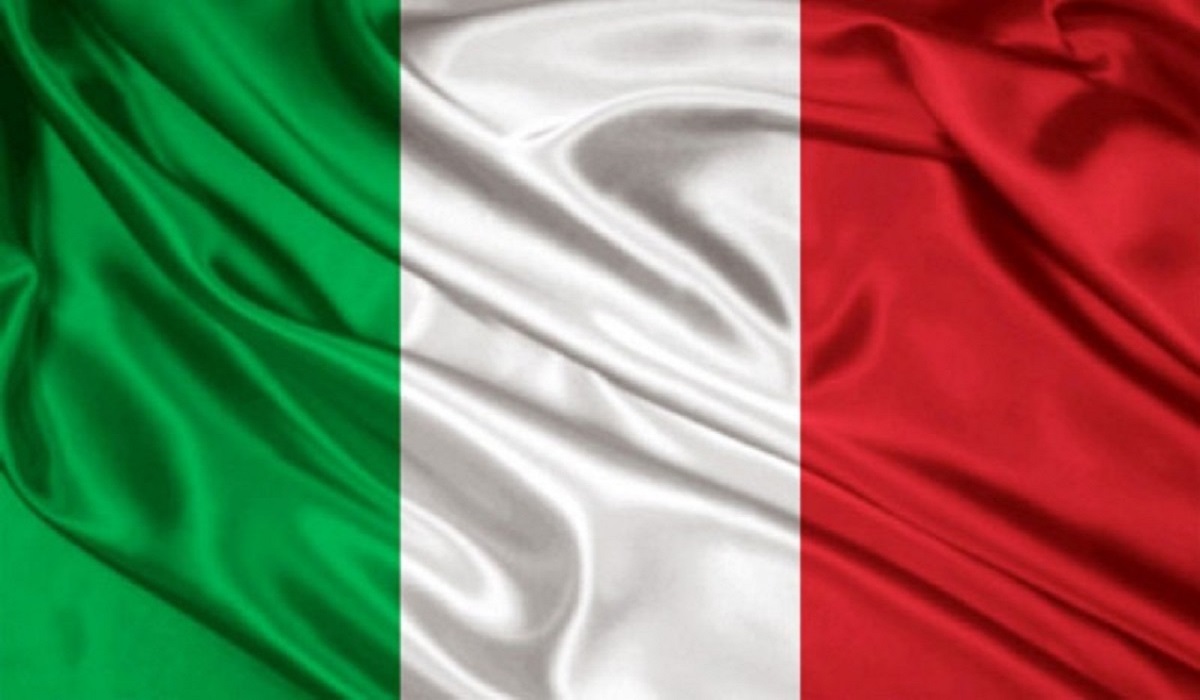Italy’s flag was born as a military flag: it was proposed in 1796 to distinguish the Italian contingent within Napoleon’s army, in the Cispadana and Cisalpina republics.
The Italian flag has an official date of birth, it is January 7, 1797 and also a very specific place of birth: Reggio Emilia.
The National Day of the Italian Flag is celebrated on 7 January
The Italian flag is the symbol of Italy and national unity. It consists of three vertical bands of equal size, green, white and red. The tricolor has been part of Italian culture for centuries. Art. 12 of the Italian Constitution is expressly dedicated to the Italian flag and reads verbatim: “The flag of the Republic is the Italian tricolor: green, white and red, with three vertical bands of equal size.”
Italy’s flag colors
A legend has it that the three colors of Italian flag have their own precise meaning, namely green to remember our meadows, white to remember the perennial snows and red, for the blood shed in war
As already mentioned, the colors of the tricolor flag are indicated in article 12 of the Constitution of the Italian Republic, published in the Official Gazette of the Italian Republic nº 298, extraordinary edition, of 27 December 1947 and entered into force on 1 January 1948:
“… The flag of the Republic is the Italian tricolor: green, white and red, in three vertical bands of equal size….”
(Article 12 of the Constitution of the Italian Republic)

Italy’s flag – Colours – Green, White and Red
If the flag is displayed horizontally, the green part must be placed near the pole, with the white one in the central position and the red one outside, while if the banner is displayed vertically the green section must be placed above.
History of Italy’s flag
Although the origin of the flag is often made to coincide with the Unification of Italy, its appearance occurs around the end of 1700. In fact, in 1794 two students fought against power to restore the independence that was later lost to the Municipality of Bologna. to subjection to the States of the Church.
Giovanni Battista De Rolandis and Luigi Zamboni chose the French cockade as a symbol of this protest, replacing blue with green.
After a few years in Milan a green, white and red vertical striped flag was presented and in 1797 it became the emblem of the Cispadana Republic. A shield consisting of a white cross with a red background was then added to the tricolor, adopted by the Savoy.
Following the unification, which took place in 1861, this flag became the official one of the Kingdom of Italy. In 1946 the shield was eliminated and only on 27 December 1947 the Tricolor was indicated as the national flag.
Italy’s flag meaning
The Italian flag represents a variant of the flag of the French revolution in which green was replaced with blue which means equality and freedom, based on a Masonic symbolism.
There are several meanings attributed to the colors of the flag: based on a first reading, supported in various writings also by Carducci and Pascoli, the green recalls the meadows and the Mediterranean scrub, the white snows and the red is a tribute to the dead soldiers. during the various wars that have involved the country.

Italy’s flag wind
Then there is a version closer to the Catholic world which identifies in the green the hope of a united and free Italy, long chased and often disappointed during the nineteenth century; white instead represents the Catholic faith, the strongest in the country and professed by most Italians; red, on the other hand, is the color of charity.
Legal Protection
Italian law expressly regulates the methods of displaying the flag, protecting it against insult. In particular, there is a severe penalty against anyone who insults the flag or destroys or damages it, as required by Article 292 of the Criminal Code.
The rigorous legal protection provided indicates the importance of the flag, which has become a symbol of Italy in the world and an element that distinguishes the nation in every field, from the artistic to the sporting one.
